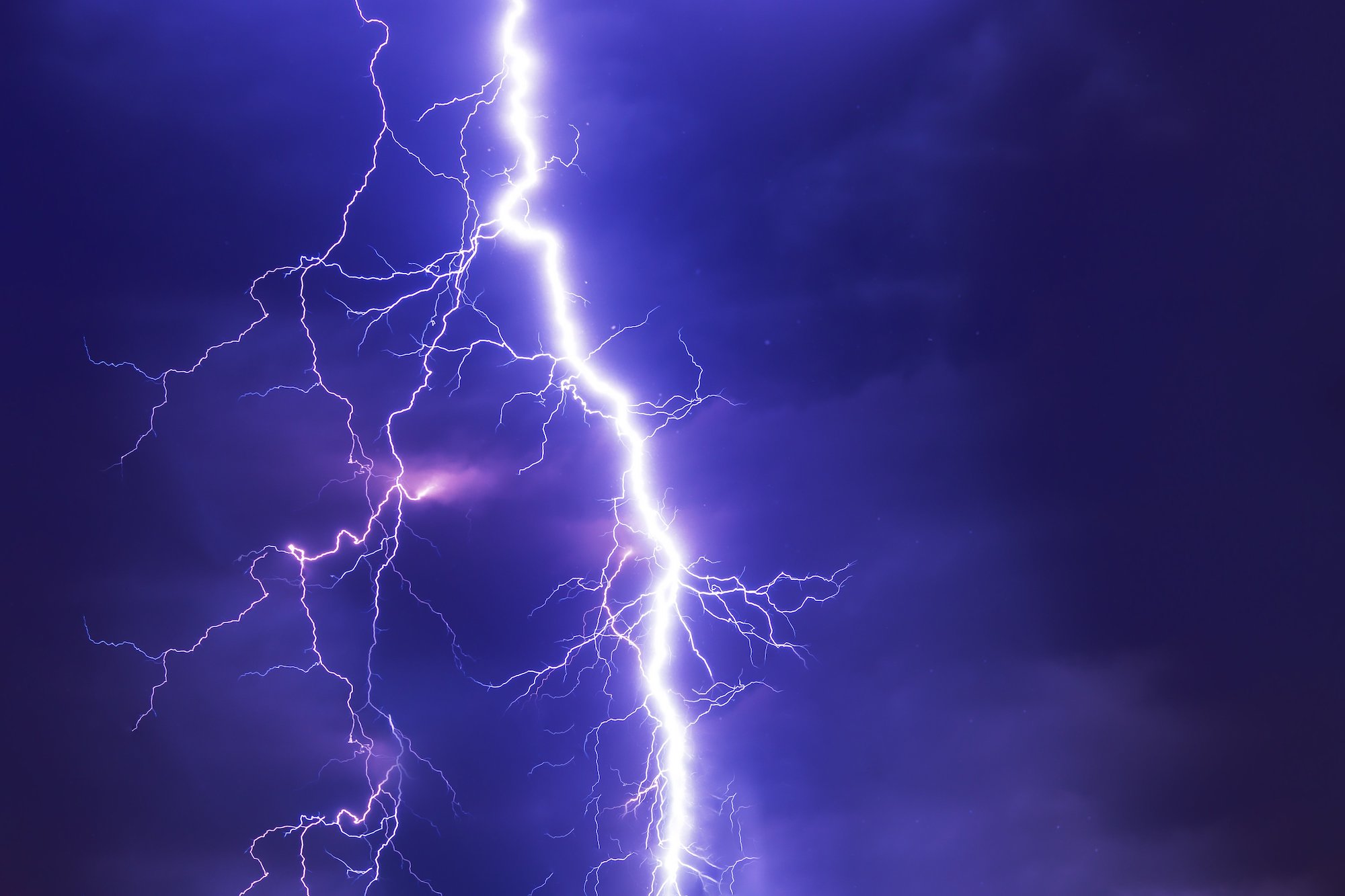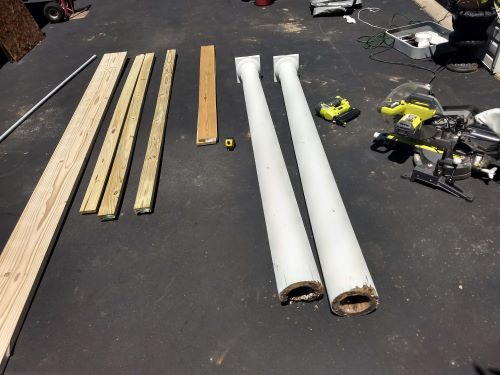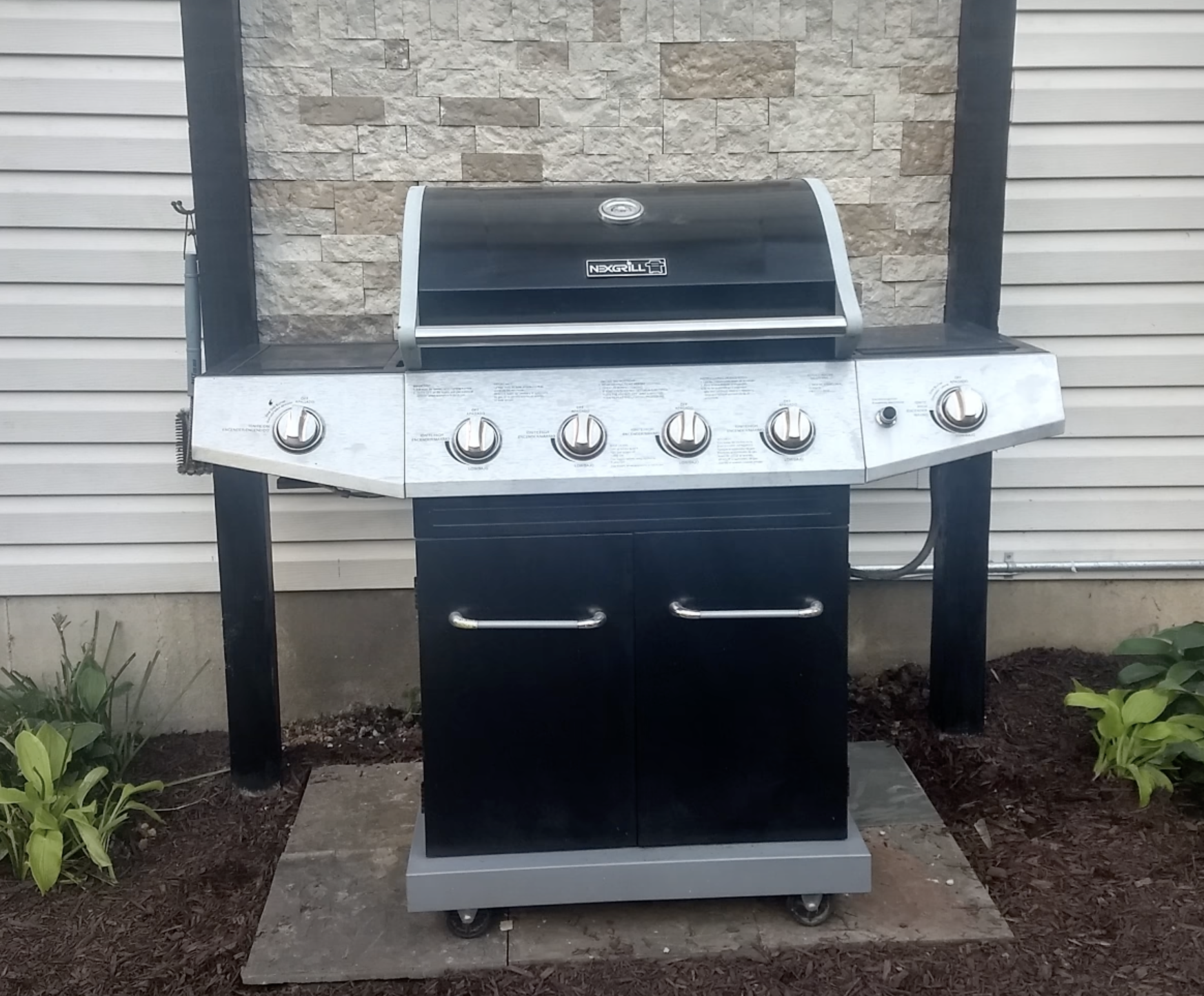When Mother Nature turns off the spigot and leaves your yard crunchier than a movie theater floor, what can you do to protect your landscape investment? With the high heat and drought conditions that we have been experiencing, it is a real challenge to keep lawns green and plants healthy.
You can prioritize your yard’s hydration needs and focus on the most fragile vegetation. Lots of your plants are hardier than you think and will bounce back in the fall or next season, but it may surprise you which ones need your attention. Save water: be green and nourish only the greens that need it most.
Water your landscape based on hardiness of the plants and your replacement costs. Those petunias sure are pretty, but the $500 oak tree needs water too! Prioritize your watering in three stages:
High Priority: Trees and shrubs (especially those newly planted or in full sun): Mature established trees and shrubs can tolerate dry conditions fairly well unless the drought is severe. Look for signs of distress: wilting, loss of leaves, yellowing and browning of leaves and curling or rolling of leaves. Be sure to water them well if animals are feasting on them for their own survival. The repair and re-growth process adds to the plant’s stress. Newly seeded or sodded lawns need much water for good root establishment. A gentle penetrating soak over a period of time helps roots grow downward to build stronger root system.
Medium to high priority: Perennials, fruit and nut trees, small fruits and vegetables: turf that is less than one-year old. Perennials are hardy and though you may be sad to lose this season’s blooms on your purple coneflower or Russian sage, they’ll come back next year or even in late summer. That young lawn however, still needs plenty of water to further establish its roots.
Low priority: Annual flowering and herb plants, ornamental grasses, established turf: I know how beautiful those colorful annuals look in the yard and they are so quenched after a hot day, but they are the least expensive of your landscape investment. Yes, you want to water them every day, but remember they are only seasonal plants. Your lawn is surprising hardy and will be most tolerant of a drought. Fescue and bluegrass are desirable grasses because they will go dormant in dry conditions and bounce back to a thick lush green when cooler, wetter weather returns. If your lawn is in need of a cut, increase the mowing height to 2.5 to 3” to help it withstand drought conditions.
Basic tips on watering:
- Check for township or city restrictions on watering.
- Water your vegetation in the early morning when temps are cooler. Watering in the heat of the day dries out the plants faster and watering at night can lead to mold growth.
- Water when plants first begin to wilt. Don’t wait until they are showing significant signs of distress.
- Water trees and shrubs slowly and deeply at least once each week during hot drought-like conditions. Apply water around the base of trunk so that it seeps down through the soil to the root zone. Water other plants more often and in the same manner.
- Provide bird baths and water dishes for wildlife so they don’t eat your vegetation to get hydration from the leaves.
I am very protective of my landscape, since I planted every tree, shrub and perennial myself. The yard is my creative palette and a labor of love. So, show your yard some love and remember, while it is good to hug a tree, it will be more appreciative if you water it.









